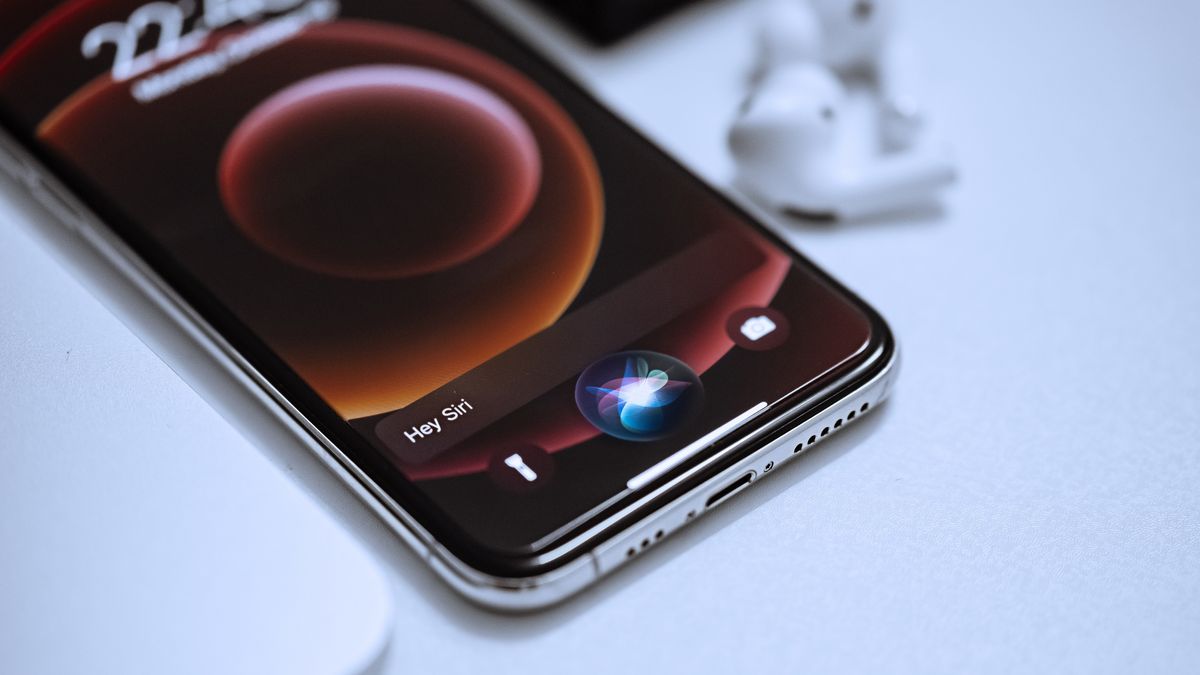
Apple is planning to more than triple its self-build critical power capacity in 2023 and beyond according to a report released by analyst company Structure Research.
Its report (via DailyHostNews) covers all the major hyperscalers and has identified Apple as being the one that will grow the most over the next few years. Power capacity – in data center lingo – is an important metric of growth as it indicates how much energy is available to power not only servers but also other ancillary features like lighting, power stations, UPS, air conditioning etc.
Apple is expected to add more than 1.4 GW of capacity to reach 2 GW, a 233% increase that’s proportionally the highest out of the competition. While Google is still the biggest player (with the potential to almost double its capacity to 3 GW), Apple is focussed entirely on its own active devices; it surpassed two billion in February 2023 and confirmed that it has more than 900 million iOS users subscribed to one or more apps.
In other words, unlike Microsoft, Google and Amazon, Apple is not a public hyperscaler, and unlike Facebook, it doesn’t have to maintain a service used by billions of users daily on a wide variety of platforms.
Extra data center power capacity means that Apple could be looking to launch services that require far more energy to run, that could either be virtual/augmented reality (and there has been a lot of rumors surrounding an Apple VR headset) or a bigger push in services – which doesn’t require having new hardware. Yes, one could argue that Apple might use the extra capacity to launch a website builder service to benefit the thousands of small businesses that rely on iCloud, but we doubt it.
Siri meets ChatGPT?
Hundreds of millions of users have used Siri already, and it remains Apple’s closest competition to the current star attraction, ChatGPT. However, Siri – which turns 12 in 2023 – has largely remained in the shadows and confined to only one channel – voice. What if Siri’s involvement in the lives of users could go beyond the mundane “hey Siri, what’s the news today?” into far more deeper conversations both in audio, text and visuals?
There’s three reasons why Apple may want to do that; firstly, it is yet another way to strengthen the company’s ecosystem appeal, and another compelling bullet point at its annual WWDC showcase.
Secondly, Apple could terminate its lucrative search agreement with Google by launching its own ChatGPT-esque search engine with Siri at its core. The NYTimes reported in 2020 that the deal was worth up to $12 billion per year, a figure that is likely to balloon as the number of active users also continues to grow. That’s a Google tax that – if withdrawn – could potentially eliminate a fifth of Google’s net income and send its shares tumbling.
The third reason is that such a move would allow Apple to get its own AWS moment by creating what would be the foundation for future services; and it could be doing that using its very own hardware: the M family and its neural engine.
We know that the M1 Ultra, Apple’s fastest CPU to date had a performance of 22 TOPS (Trillions Operations Per Second) and now the expectation – based on what we know about the M2 – is that the M2 Ultra – expected to launch in March 2023 – will breach the 30 TOPS barrier.
With access to cutting-edge lithography lines and vertical control on the entire hardware stack, Apple could emulate Amazon, whose Graviton Arm-based AWS processors are threatening the Xeon and Epyc family lines. Could a hypothetical S1 (S for server) processor power the next generation of Apple services?
Services Marketplace – Listings, Bookings & Reviews
